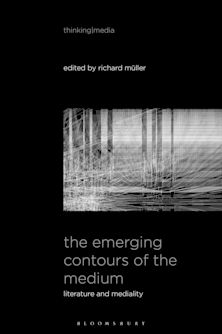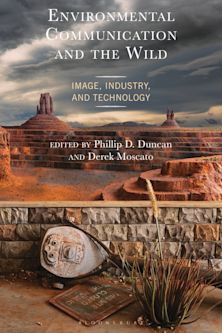The Child in Post-Apocalyptic Cinema
Description
The child in many post-apocalyptic films occupies a unique space within the narrative, a space that oscillates between death and destruction, faith and hope. The Child in Post-Apocalyptic Cinema interrogates notions of the child as a symbol of futurity and also loss. By exploring the ways children function discursively within a dystopian framework we may better understand how and why traditional notions of childhood are repeatedly tethered to sites of adult conflict and disaster, a connection that often functions to reaffirm the “rightness” of past systems of social order. This collection features critical articles that explore the role of the child character in post-apocalyptic cinema, including classic, recent, and international films, approached from a variety of theoretical, methodological, and cultural perspectives.
Table of Contents
Chapter 1: Monstrous Conceptions: Reading Cronenberg's The Brood (1979) and Anton Leader's Children of the Damned (1963), Aryak Guha
Chapter 2: Sustenance for the Body and the Soul: Children as a Vision of the Future of Humanity, and a Reflection of Past Sins in Post-Apocalyptic Cinema, Jennifer Brown
Chapter 3: Perpetual Horizons: Reproductive Futurity in Post-Apocalyptic Films, Mark Heimermann
Chapter 4: The Child is my Warrant: Virtue, Violence and The Road's Radical Humanism, Joseph Wiinikka-Lydon
Chapter 5: Space and Children in Post-Apocalyptic Film: The Road and Les Temps du Loup, Eduardo Barros-Grela and María Bobadilla Pérez
Chapter 6: When Disney Went Apocalyptic: The Symbolism of Apocalyptic Images in a Post-9/11 World, Eric D. Miller
Chapter 7: Children of Hope: Portrayal of Children in Post-Apocalyptic Films after 9/11, Betül Atesçi Koçak
Chapter 8: “Until the world deserves them”: Representations of children in The Day After, Testament, and Threads, Tarah Bro
Product details
| Published | 06 Mar 2015 |
|---|---|
| Format | Ebook (Epub & Mobi) |
| Edition | 1st |
| Extent | 262 |
| ISBN | 9780739194294 |
| Imprint | Lexington Books |
| Illustrations | 27 b/w photos; |
| Publisher | Bloomsbury Publishing |
Reviews

ONLINE RESOURCES
Bloomsbury Collections
This book is available on Bloomsbury Collections where your library has access.


































